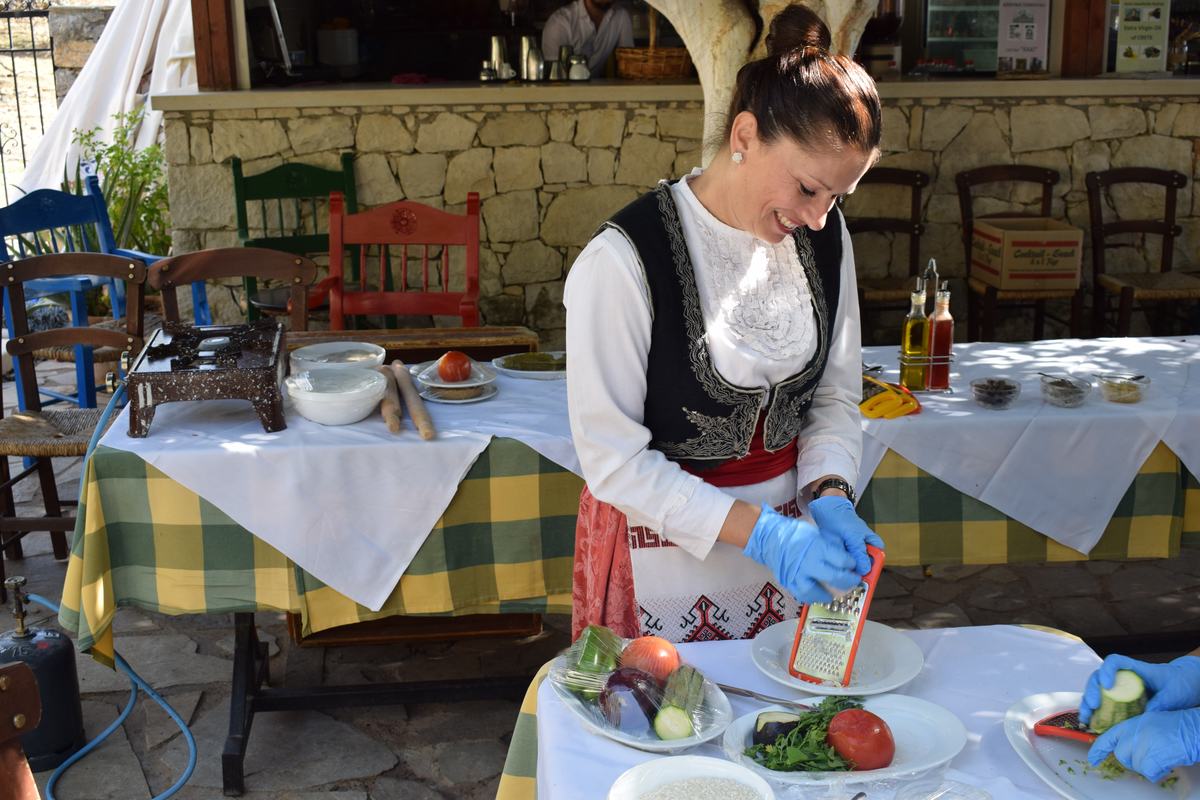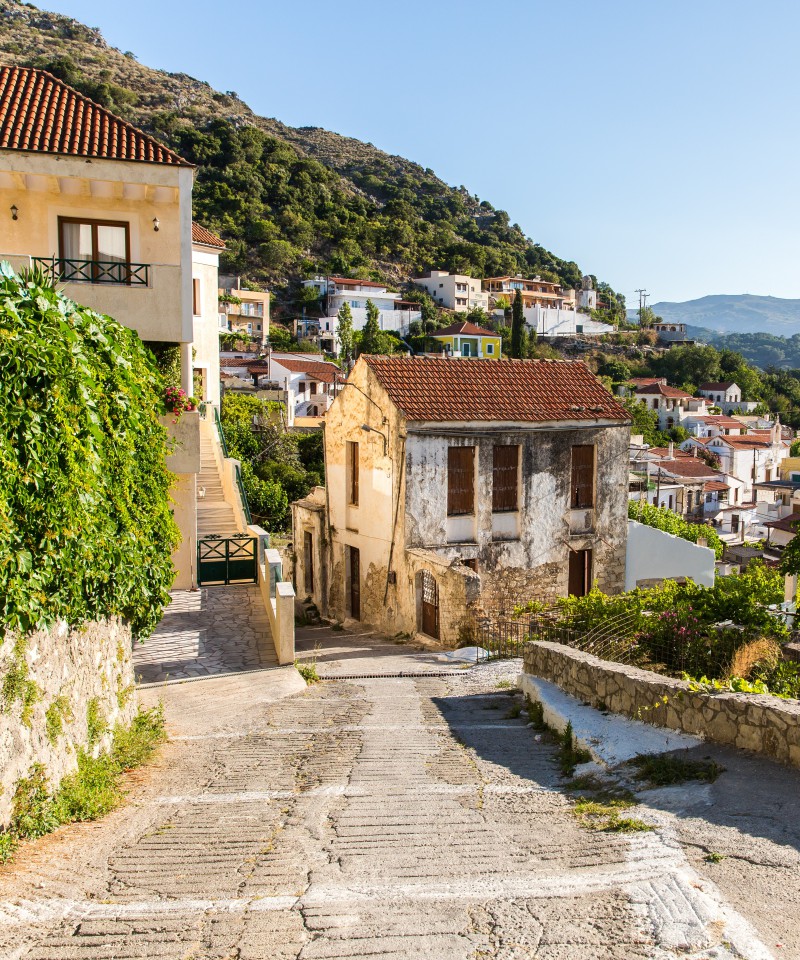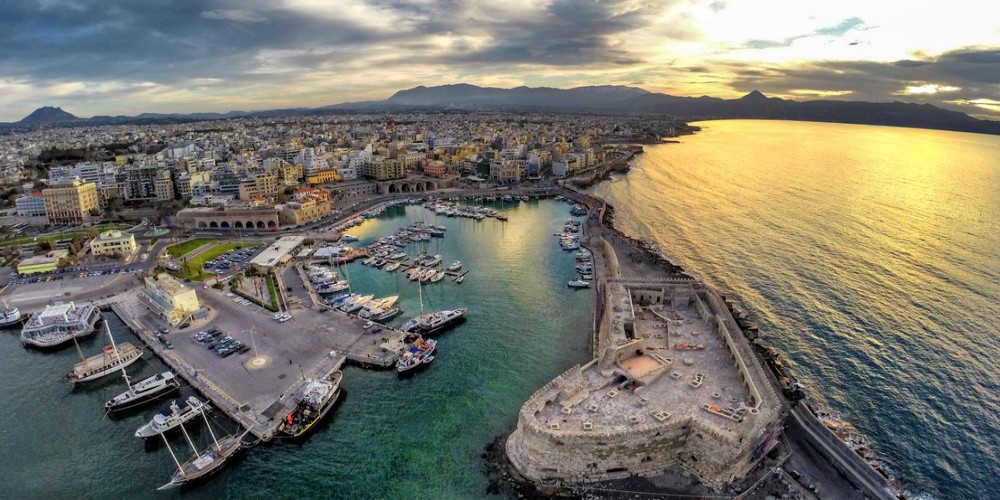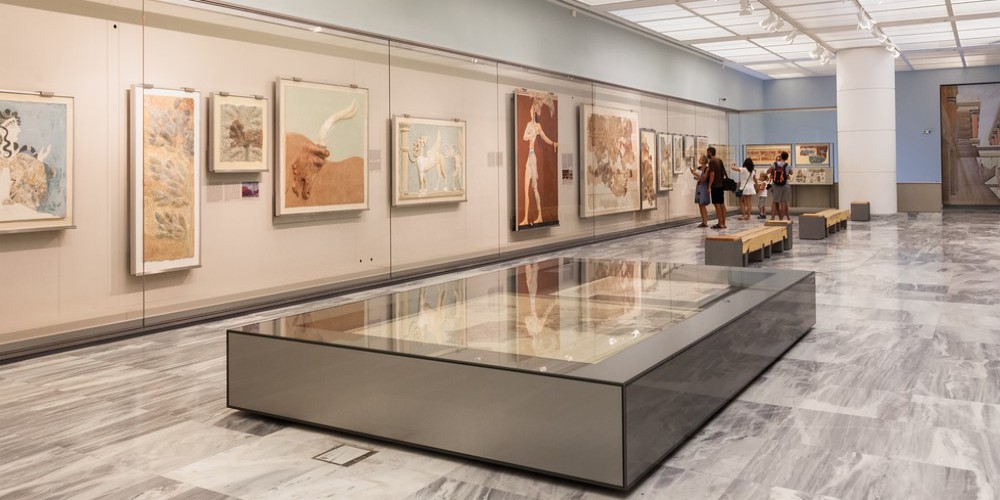
The Story of Spinalonga, the Island of the Lepers in Crete
Key Takeaways
- Spinalonga is a small island in Crete with a rich history that dates back to antiquity, and it served as a powerful sea fortress in the Mediterranean due to its strategic location.
- Spinalonga is best known as a leper colony from 1903 to 1957, and it was one of the last active leper colonies in Europe.
- The stigma around leprosy persisted even after the evacuation of the island, and it took decades for the truth about the leper community to come to light. Victoria Hislop's novel, 'The Island,' helped to clear the fallacy surrounding the island.
- Today, Spinalonga is a popular tourist destination and one of the greatest landmarks in Greece, attracting visitors from all over the world who want to explore its rich history and eerie vibe. Visitors can reach the island by boat from Agios Nikolaos, Elounda, or Plaka.
Nicknamed the island of the living dead, Spinalonga lies at the natural harbor of Elounda in the prefecture of Lassithi in Crete. Despite being a small barren island of 85 acres, it carries a long history and holds a special place in the Greeks' hearts, while it preserves its beauty notwithstanding its dark past.
The History of Spinalonga
A little-known fact is that Spinalonga was not always an island. It is believed that in 1526, the Venetians destroyed part of the peninsula of Elounda to create an island, which was fortified to safeguard the port of ancient Olous. Olous remained uninhabited until the mid-15th century when it gained commercial value due to its salt pans.
The inhibition of the city, along with the pirate raids and the Turkish threat, made the fortification a necessity and resulted in Spinalonga becoming one of the most powerful sea fortresses in the Mediterranean.
Spinalonga remained under Venetian rule even after the rest of Crete was occupied by the Ottomans. In 1715, however, the Ottomans managed to conquer the small island, banishing the Venetian presence from Crete completely. Eventually, in 1903, the Turkish left the island, and it became once again a part of Greece.
Despite its rich heritage that stretches all the way back to antiquity, however, Spinalonga is known across the world as the host of the leper community from 1903 to 1957 and as one of the last active leper colonies in Europe, reaching a number of nearly 400 inhabitants during the outbreak of the illness.
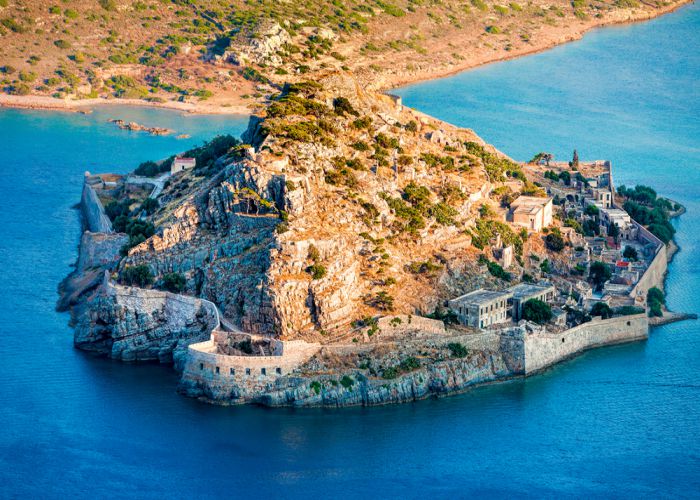
The Leper Community
Leprosy, or Hansen's disease, is a long-term bacterial infection that affects the nerves, respiratory tract, skin, and eyes of the patient.
The illness causes the deformation of features, especially on the face and the limbs. Although leprosy itself is not lethal, it can ultimately cause death from a condition secondary to the original diagnosis.
During the early 19th century, there was a world of misconception surrounding the disease. At first, it was believed to be hereditary.
However, it was soon proved to be infectious, and patients were immediately sent to isolation. In Greece, the isolation center was on the island of Spinalonga.
There are many tales of horror about the island, especially in regard to the early years of its operation as a leper colony. The island had no infrastructure, and people were sent there to wait for their death while battling inhumane conditions, with not so much running water being available in the region.
Additionally, it is believed that due to the ignorance of the doctors at the time, many people were misdiagnosed and imprisoned in Spinalonga while suffering minor conditions, such as Psoriasis.
In March 1936, however, a young man was about to change the fate of all the island's inhabitants. Epaminondas Remountakis, a third-year student of Athens’ Law School, at the age of 21, was forced to exile from Athens to Crete following years of struggle with the disease, which he tried to keep hidden.
There, he founded the 'Brotherhood of the Sick of Spinalonga’ in an effort to improve the patient's living conditions, and he dedicated his life to this novel cause.
For the first time in years, the houses in Spinalonga were whitewashed, the ring road was opened, a public cleaning service was established, and even a theater and a cinema were constructed, while classical music could often be heard in the streets of the island, coming from a loudspeaker a patient had donated.
After a little while, a power-generating machine arrived to light the streets at night.
Slowly but surely, the inhabitants of the islands started forming a community that didn’t focus only on survival. People fell in love and got married, giving birth to children who grew up without ever being infected by the disease.
They developed strong bonds with one another and started living life as normally as they could: they exercised, went to school, and opened a coffee shop and barbershop, while they had the ability to go to church in St. Panteleimon, operated by the brave Chrysanthos Katsoulogiannakis, a priest that volunteered to live in the island without being a leper himself.
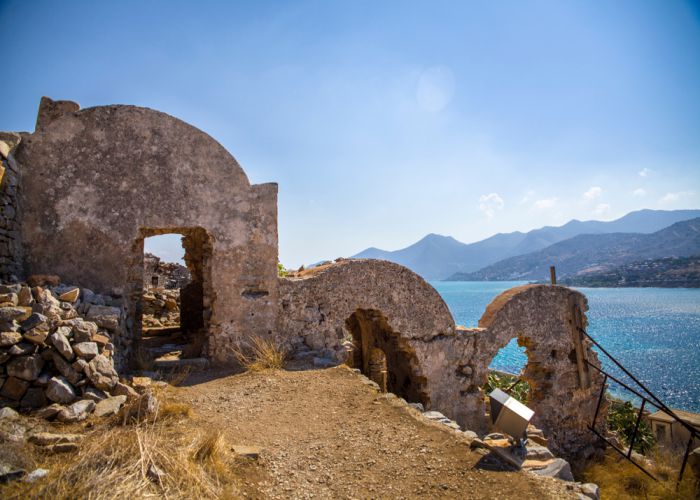
Fortunately, the number of patients on the island started to decrease in 1948 due to the first drug against Lepracy being discovered and the last inhabitant leaving the island in 1962.
The stigma around leprosy, however, didn’t end with the evacuation of the island. Lepers weren’t seen as patients but as monsters, and even the reference to the island’s name remained taboo for years to come.
Victoria Hislop’s novel - ‘The Island’
In 2005, Victoria Hislop’s novel titled ‘The Island’ told the story of Spinaloga, bringing light to the life the lepers built for themselves against all odds. The book later became a hit television show in Greece, clearing decades of fallacy surrounding the island.
Today, Spinalonga, the once “grave of the living,” is the second most visited archaeological site of Crete after Knossos and one of the greatest landmarks in Greece, with people from all over the world arriving in Crete only to explore its grounds.
At the entrance of the island, an inscription advises you to leave hope behind, while at the entrance of the cemetery, a small plaque urges respect for the souls that never managed to escape Spinalonga.
While the Greek island has been officially renamed to ‘Kalydron’, the past of Spinalonga cannot be erased; it is apparent in every nook and crevice of the island, as well as in the eerie vibe that makes your hair at the back of your neck stand up when you walk down its streets.
Final Thoughts
In the words of Remoundakis,
'Walking along the street of Spinalonga, stop and hold your breath. From a haggard around you, you will hear the echo of a mother's sore, a sister’s, or a man's sigh. Let the tears drip from your eyes, and you will witness the shimmer of the millions of tears that have watered this road before ... '
Choose to visit Crete in one of our Greece vacation packages, and you'll be able to explore Spinalonga, along with many other fascinating sites, alongside expert locals with our Greece tours!






